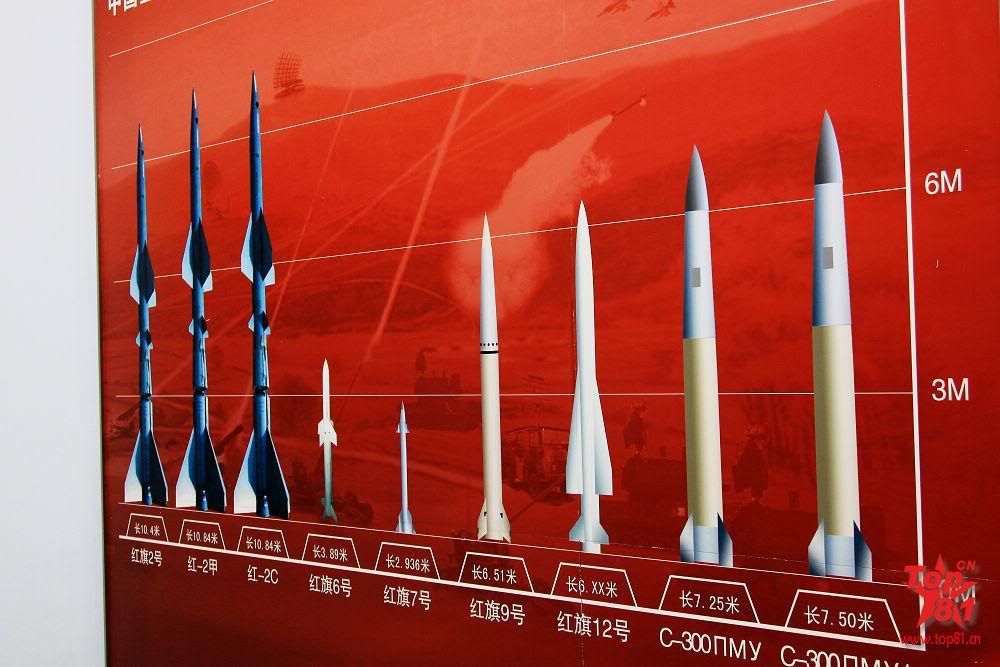I could understand the discrepancy being a function of significant technological inferiority, as the best that Russia (and therefore China) could do at the time, but the notion of such inferiority being a deliberate choice in order to reduce the cost of the weapon is one I find rather implausible.
Even if it were actually cheaper to produce a large missile with X range than a smaller one (which I have doubts about in the first place), I expect any such benefits would be overwhelmed by logistical considerations. Both land vehicles and warships have weight and volume constraints. If capabilities are the same, a smaller missile would allow for a given launch vehicle or ship to carry more of them, both directly increasing the effectiveness of the platform and reducing the need for supply vehicles carrying reloads.
If the figures given for HHQ-16 are correct (and they seem reasonable in light of specifications for Russian Buk system and 054A's VLS compatibility with Yu-8) then it weighs 50% more than Aster 30 yet is credited with less than half the range. Either the technology gap between HHQ-16 and its western contemporaries is enormous, or there is something else going on here.
Actually I don't think it is that ridiculous to think the HHQ-16's capability to size relationship is a reflection of affordability.
For example, the HQ-12 is a missile that was procured in fairly significant numbers alongside the HQ-9 for land forces, and its missile itself is larger than the HQ-9 yet is substantially less capable, yet it was also deliberately procured despite being less capable than the HQ-9, likely because it was substantially cheaper. Compared to other new air defence missiles that were being produced at the time HQ-12 was being procured, it is obviously substantially less capable and larger, yet the PLA still bought them.
The only conclusion I can lead to is that the Chinese military is not shy about buying missile systems which may be larger or less capable for its size than other similar systems in the world, and such purchases are often made with a more capable "higher end" capability in service to complement it, and that this is likely a reflection of a combination of funds + more legacy limitations in R&D which have yet to reach levels of advancement where smaller missiles with similar capability are yet to be affordable to producein large numbers.
And yes, a smaller missile that is as capable than a larger one (but more expensive) means you would be able to store more of the missiles and lighten the logistics burden... but that assumes you have the money to buy more of the smaller missile to begin with.

